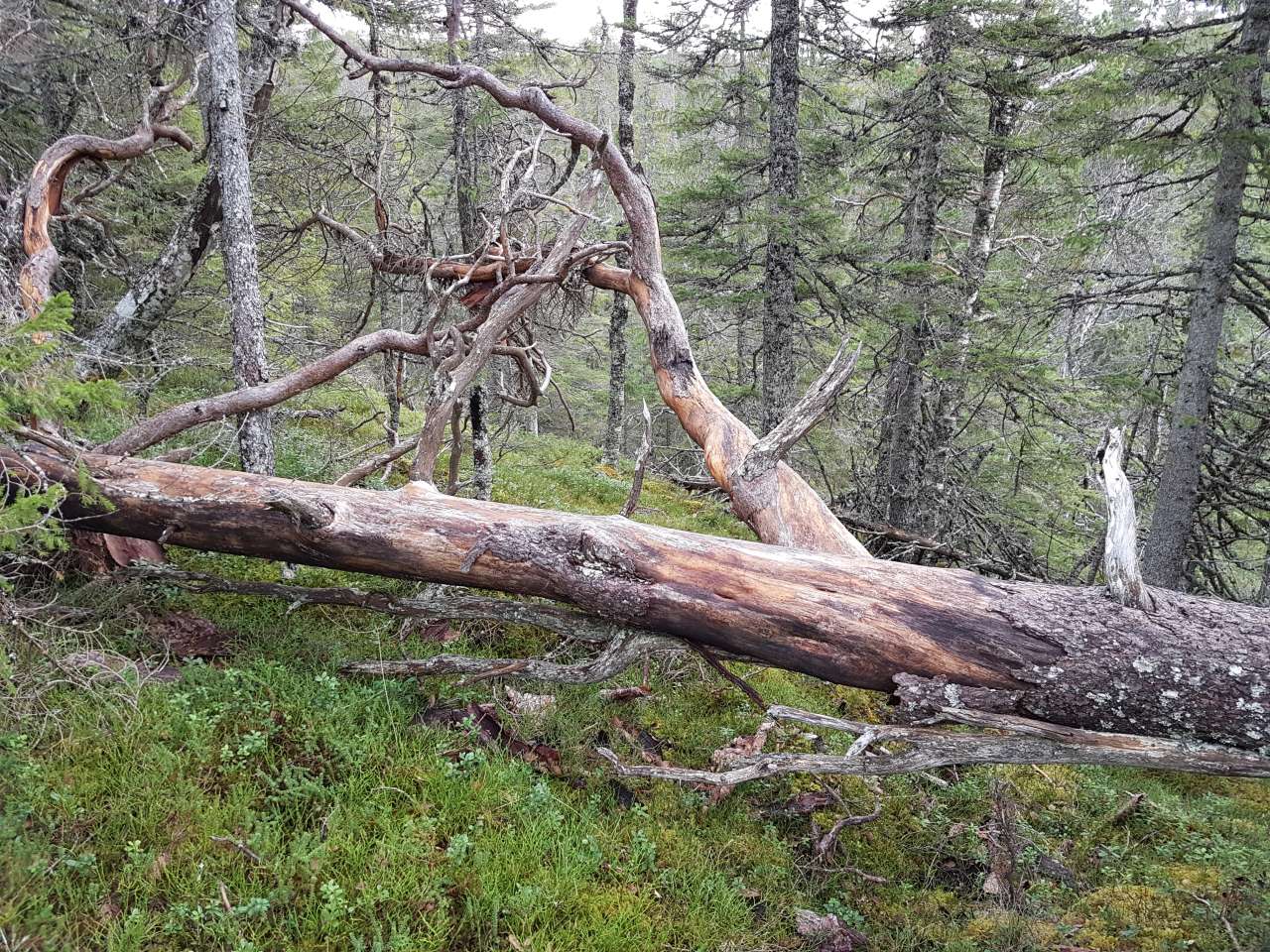Progressively older forests and dead wood

Photo: Arne Steffenrem
Measurements from the National Forest Inventory’s 22,000 sample plots provide a detailed overview of the Norwegian forest. Recently published data show that the volume of timber is increasing – but slightly less than before.
Norway’s forests consist of 10.9 billion trees, or 967 million cubic meters of timber. This is a new record.
The National Forest Inventory has been monitoring Norway’s forests for over 100 years. During this time, the volume of timber in the forests has more than tripled. However, growth has been quite stable for the past 20 years with a modest decline in recent years. Every year, just under 25 million cubic meters of timber is added to the forest stock.
To assess the forest situation, 13,000 sample plots all over Norway are visited in field over a five-year period, and a total of 270,000 trees are registered and measured.
In the sample plot, all trees over 5 cm in diameter are measured, and some trees are measured for height. With these measurements, it is possible to calculate how the tree’s volume changes over time. Among other variables, tree damage, grazing and the volume of standing and fallen dead wood is also registered.
The report “Skogen i Norge” (The Forest in Norway) shows that most of the environmental assets in forestry are growing, and that the size of protected forest areas has increased to around five percent of the forest area. The Norwegian Storting has set a goal to protect 10 percent of the forest.
The occurrence of habitats where rare or endangered species thrive is also registered. Examples of such habitats are forests with a significant presence of tree species with high bark pH, hanging lichen, old trees, rich ground vegetation and areas with many standing and fallen dead trees – also known as snags and logs.
The volume of dead wood in productive forests rose from 57 million cubic meters in 1996 to 90 million cubic meters in 2017. This is an increase of 58 percent in 21 years.
Contacts

Contacts

